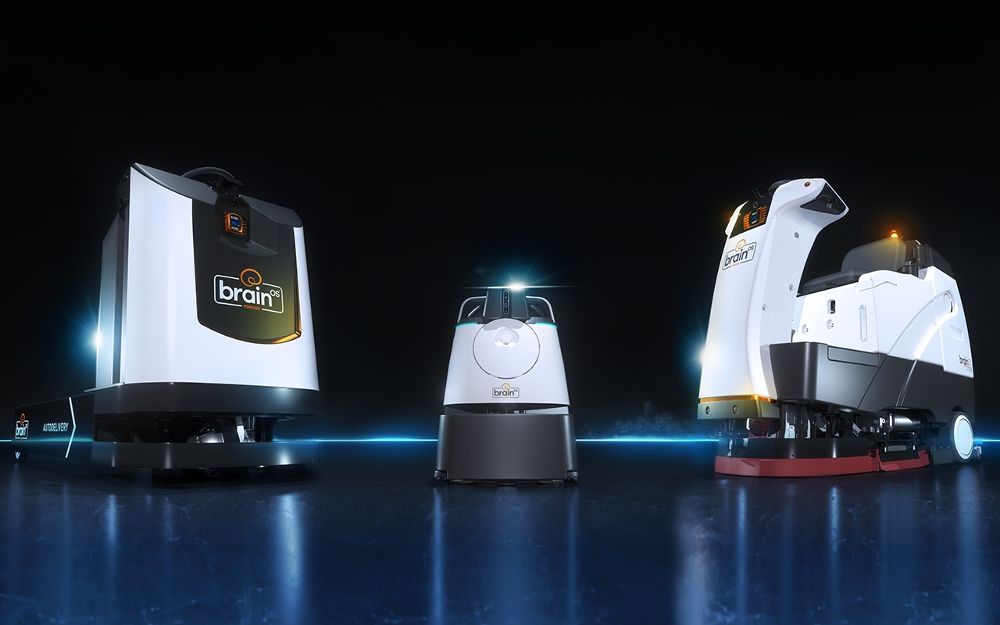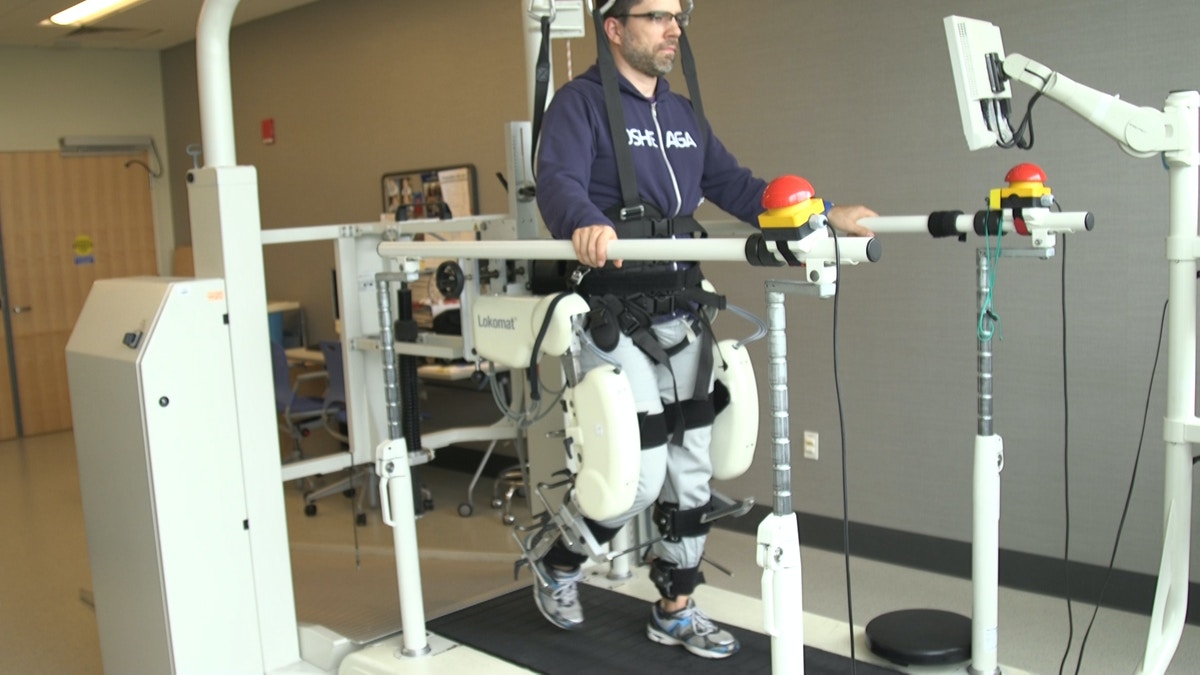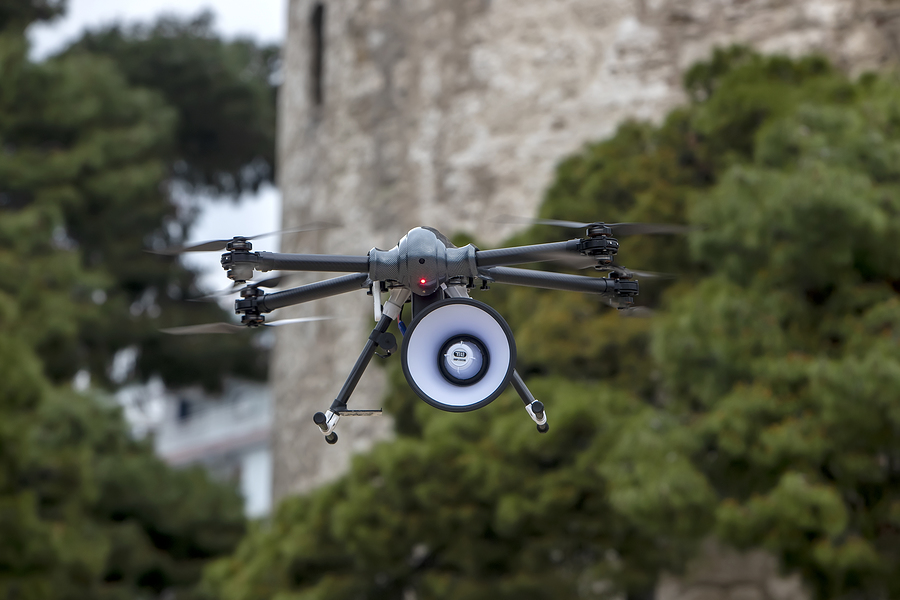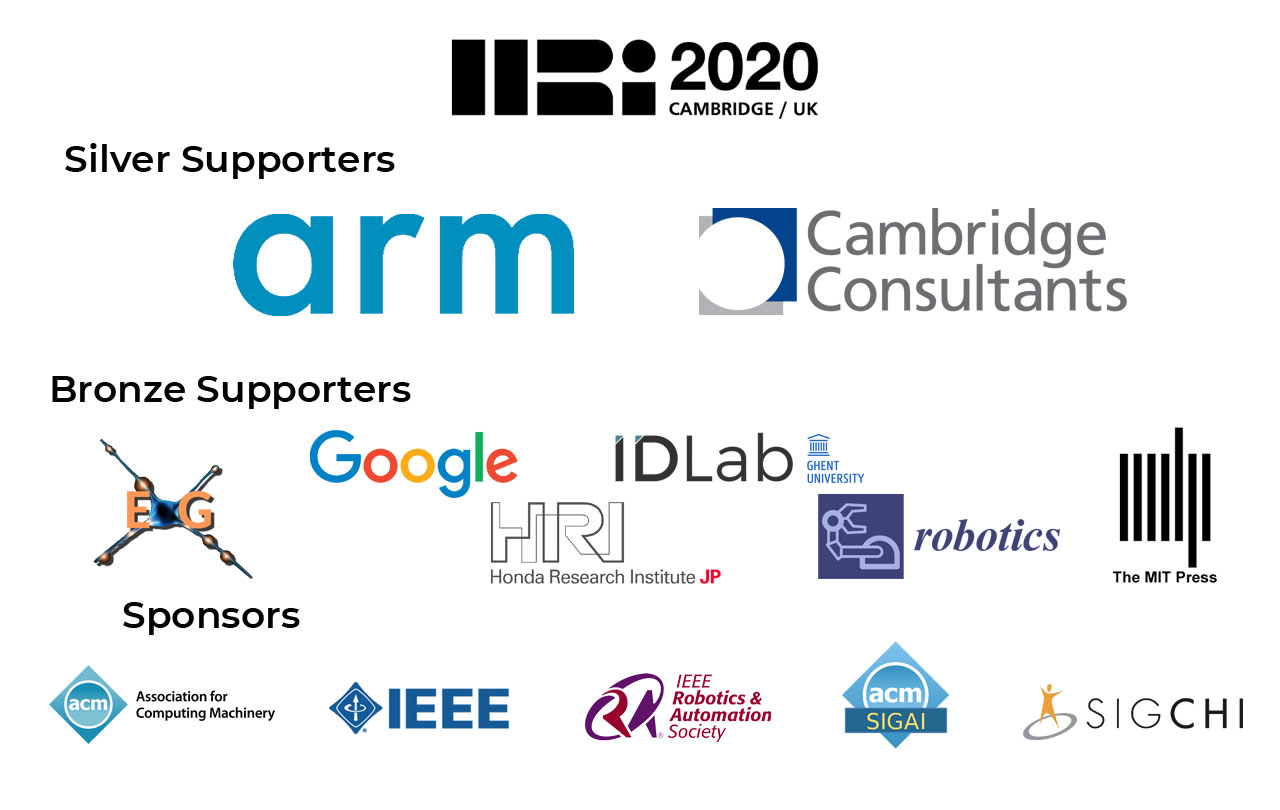Trust in humans and robots: Economically similar but emotionally different
Teaching robots to see and feel
The Future of Robotics and Liability: Who is Responsible?
GANs in computer vision – Conditional image synthesis and 3D object generation
Understanding the Motor Constant in DC Motor Sizing
#307: Commercializing Robot Brains, with Kajal Gada

In this episode, Lilly interviews Kajal Gada on her work at BrainCorp, the San Diego-based company behind BrainOS, a technology stack for autonomous solutions. Kajal discusses BrainCorp’s cloud-connected operating system and their floor cleaning, vacuuming, and warehouse delivery robots. She also articulates some of the challenges in becoming a software engineer and developing commercial solutions.
Kajal Gada

Kajal Gada is a software engineer at BrainCorp. She works on developing algorithms for realizing robotic operations in the real world. Kajal received her Masters in Robotics from University of Maryland – College Park, and also has an MBA in Technology Management from NMIMS, Mumbai. She is an advocate for women in the workplace and has spoken at GHC in 2018. In her free time, she loves to read mystery novels and work on puzzles
Links
#307: Commercializing Robot Brains, with Kajal Gada

In this episode, Lilly interviews Kajal Gada on her work at BrainCorp, the San Diego-based company behind BrainOS, a technology stack for autonomous solutions. Kajal discusses BrainCorp’s cloud-connected operating system and their floor cleaning, vacuuming, and warehouse delivery robots. She also articulates some of the challenges in becoming a software engineer and developing commercial solutions.
Kajal Gada

Kajal Gada is a software engineer at BrainCorp. She works on developing algorithms for realizing robotic operations in the real world. Kajal received her Masters in Robotics from University of Maryland – College Park, and also has an MBA in Technology Management from NMIMS, Mumbai. She is an advocate for women in the workplace and has spoken at GHC in 2018. In her free time, she loves to read mystery novels and work on puzzles
Links
New Artificial Intelligence Error Proofing Features Machine Learning Technology
New study uses robots to uncover the connections between the human mind and walking control

By Tim Sullivan, Spaulding Rehabilitation Network Communications
Many of us aren’t spending much time outside lately, but there are still many obstacles for us to navigate as we walk around: the edge of the coffee table, small children, the family dog. How do our brains adjust to changes in our walking strides? Researchers at the Wyss Institute for Biologically Inspired Engineering at Harvard University and the Motion Analysis Laboratory at Spaulding Rehabilitation Hospital used robots to try to answer that question, and discovered that mechanisms in both the cerebellum and the spinal cord determine how the nervous system responds to robot-induced changes in step length. The new study is published in the latest issue of Scientific Reports, and points the way toward improving robot-based physical rehabilitation programs for patients.

“Our understanding of the neural mechanisms underlying locomotor adaptation is still limited. Specifically, how behavioral, functional, and physiological processes work in concert to achieve adaptation during locomotion has remained elusive to date,” said Paolo Bonato, Ph.D., an Associate Faculty member of the Wyss Institute and Director of the Spaulding Motion Analysis Lab who led the study. “Our goal is to create a better understanding of this process and hence develop more effective clinical interventions.”
For the study, the team used a robot to induce two opposite unilateral mechanical perturbations to human subjects as they were walking that affected their step length over multiple gait cycles. Electrical signals recorded from muscles were collected and analyzed to determine how muscle synergies (the activation of a group of muscles to create a specific movement) change in response to perturbation. The results revealed a combination of feedforward control signals coming from the cerebellum and feedback-driven control signals arising in the spinal cord during adaptation. The relative side-specific contributions of the two processes to motor-output adjustments, however, depended on which type of perturbation was delivered. Overall, the observations provide evidence that, in humans, both descending and afferent drives project onto the same spinal interneuronal networks that encode locomotor muscle synergies.
These results mirror previous observations from animal studies, strongly suggesting the presence of a defined population of spinal interneurons regulating muscle coordination that can be accessed by both cortical and afferent drives in humans. “Our team hopes to build on this work to develop new approaches to the design of robot-assisted gait rehabilitation procedures targeting specific descending- and afferent-driven responses in muscle synergies in the coming year,” said Bonato.
HRI 2020 Keynote: Ayanna Howard
Intelligent systems, especially those with an embodied construct, are becoming pervasive in our society. From chatbots to rehabilitation robotics, from shopping agents to robot tutors, people are adopting these systems into their daily life activities. Alas, associated with this increased acceptance is a concern with the ethical ramifications as we start becoming more dependent on these devices [1]. Studies, including our own, suggest that people tend to trust, in some cases overtrusting, the decision-making capabilities of these systems [2]. For high-risk activities, such as in healthcare, when human judgment should still have priority at times, this propensity to overtrust becomes troubling [3]. Methods should thus be designed to examine when overtrust can occur, modelling the behavior for future scenarios and, if possible, introduce system behaviors in order to mitigate. In this talk, we will discuss a number of human-robot interaction studies conducted where we examined this phenomenon of overtrust, including healthcare-related scenarios with vulnerable populations, specifically children with disabilities.
References
- A. Howard, J. Borenstein, “The Ugly Truth About Ourselves and Our Robot Creations: The Problem of Bias and Social Inequity,” Science and Engineering Ethics Journal, 24(5), pp 1521–1536, October 2018.
- A. R. Wagner, J. Borenstein, A. Howard, “Overtrust in the Robotic Age: A Contemporary Ethical Challenge,” Communications of the ACM, 61(9), Sept. 2018.
- J. Borenstein, A. Wagner, A. Howard, “Overtrust of Pediatric Healthcare Robots: A Preliminary Survey of Parent Perspectives,” IEEE Robotics and Automation Magazine, 25(1), pp. 46–54, March 2018.
Publication: HRI ’20: Proceedings of the 2020 ACM/IEEE International Conference on Human-Robot Interaction |March 2020 | Pages 1 |https://doi.org/10.1145/3319502.3374842
HRI 2020 Keynote: Ayanna Howard
Intelligent systems, especially those with an embodied construct, are becoming pervasive in our society. From chatbots to rehabilitation robotics, from shopping agents to robot tutors, people are adopting these systems into their daily life activities. Alas, associated with this increased acceptance is a concern with the ethical ramifications as we start becoming more dependent on these devices [1]. Studies, including our own, suggest that people tend to trust, in some cases overtrusting, the decision-making capabilities of these systems [2]. For high-risk activities, such as in healthcare, when human judgment should still have priority at times, this propensity to overtrust becomes troubling [3]. Methods should thus be designed to examine when overtrust can occur, modelling the behavior for future scenarios and, if possible, introduce system behaviors in order to mitigate. In this talk, we will discuss a number of human-robot interaction studies conducted where we examined this phenomenon of overtrust, including healthcare-related scenarios with vulnerable populations, specifically children with disabilities.
References
- A. Howard, J. Borenstein, “The Ugly Truth About Ourselves and Our Robot Creations: The Problem of Bias and Social Inequity,” Science and Engineering Ethics Journal, 24(5), pp 1521–1536, October 2018.
- A. R. Wagner, J. Borenstein, A. Howard, “Overtrust in the Robotic Age: A Contemporary Ethical Challenge,” Communications of the ACM, 61(9), Sept. 2018.
- J. Borenstein, A. Wagner, A. Howard, “Overtrust of Pediatric Healthcare Robots: A Preliminary Survey of Parent Perspectives,” IEEE Robotics and Automation Magazine, 25(1), pp. 46–54, March 2018.
Publication: HRI ’20: Proceedings of the 2020 ACM/IEEE International Conference on Human-Robot Interaction |March 2020 | Pages 1 |https://doi.org/10.1145/3319502.3374842
COVID-19 robotics resources: ideas for roboticists, users, and educators

Robots could have a role to play in COVID-19, whether it’s automating laboratory research, helping with logistics, disinfecting hospitals, education, or allowing carers, colleagues or loved ones to connect using telepresence. Yet many of these solutions are still in development or early deployment. The hope is that accelerating these translations could make a difference.
This page aims to compile some resources for roboticists who are able to help, users who need robots for COVID-19 applications, and people who want to learn about robotics while on lockdown.
This is not an exhaustive resource page, and we will regularly be updating the content. Please send pointers to sabine.hauert@robohub.org. Check AIhub.org for a similar resource page related to AI. Read More

